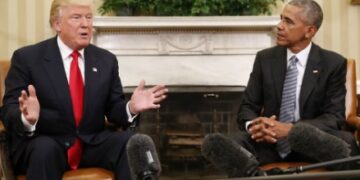Following a pressing demand from the World Health Organisation to reveal
more information on the surge in respiratory illnesses among children, China
said there is no detection of any unusual or novel pathogens.
Some of these increases are occurring earlier in the season than usual,
although this is not surprising given the easing of Covid limitations, as seen
in other nations.
WHO stated the Chinese health authorities advised there has been no
detection of any unusual or novel pathogens or unusual clinical presentations,
including in Beijing and Liaoning, but only the aforementioned general increase
in respiratory illnesses due to multiple known pathogens.
On November 23, the Global Health Body held a teleconference with Chinese
health officials from the Chinese Centre for Disease Control and Prevention and
the Beijing Children’s Hospital during which the requested data, indicating an
increase in outpatient consultations and hospital admissions of children due to
Mycoplasma pneumoniae, were provided.
They further stated that the rise in respiratory illness has not resulted
in patient loads exceeding hospital capacities.
The Chinese authorities advised that enhanced outpatient and inpatient
surveillance has been implemented since mid-October for respiratory illnesses
covering a broad spectrum of viruses and bacteria, which also for the first
time, includes Mycoplasma pneumoniae.
On November 22, WHO requested additional epidemiologic and clinical
information, as well as laboratory results from these reported clusters among
children, through the International Health Regulations mechanism.
The WHO requested further information about recent trends in the
circulation of known pathogens, including influenza, SARS-CoV-2, RSV and
mycoplasma pneumoniae, and the current burden on healthcare systems.
WHO is in contact with clinicians and scientists through our existing
technical partnerships and networks in China.
Since mid-October, northern China has reported an increase in
influenza-like illnesses compared to the same period in the previous three
years.
China has systems in place to capture information on trends in influenza,
influenza-like illnesses, RSV, and SARS-CoV-2 and report to platforms such as
the Global Influenza Surveillance and Response System.
The organisation recommended that people in China follow measures to
reduce the risk of respiratory illness, which include recommended vaccination;
keeping distance from people who are ill; staying home when ill; getting tested
and medical care as needed; wearing masks as appropriate; ensuring good
ventilation; and regular hand-washing.
WHO will continue to provide updates.
ANI
















